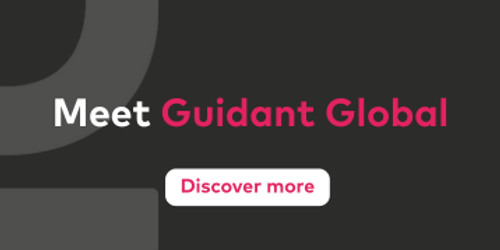

Author
5 minutes
Engaging digital nomads: what do you need to know?
Are you looking at how your business engages digital nomads? Or do you not yet know who makes up this new talent pool and how you can employ them? Here’s our top line introduction to digital nomads.
What is a digital nomad?
A digital nomad is an individual who lives a nomadic life, but while working. They travel the world working from anywhere – coffee shops, co-working spaces or simply anywhere with wi-fi.
Isn’t this just a remote worker I hear you ask? The reality is no. Digital nomads don’t have a base in one set location. They can be working from a beach in Bali one month and the bustling streets of New York the next. All they need is a device to work from and an internet connection.
In comparison, remote workers have a designated base to work from – a home office, for example. Employers know where they can be reached and what time zone they’re working in as it doesn’t change regularly.
Who wants to be one?
In 2021 there were around 35 million digital nomads across the globe and while they will range in demographics, statistics show the average age of this group is 32. With Millennials and Gen Z having a reputation for desiring workplace flexibility, it’s no surprise that 44% of digital nomads are Millennials while 21% are Gen Z.
Interestingly, 61% of this group are married, which suggests couples are taking the opportunity to work and travel together. The majority (80%) tend to stay in one place between three to nine months before moving on.
In a sense, digital nomads are the grown-up version of gap year education leavers, but on a more professional scale.
Why the interest?
How and where we work has changed drastically since the pandemic. While digital nomads existed before Covid lockdowns were introduced, the sudden realisation that you can work from anywhere in a huge number of jobs led to more people wanting to work while travelling the world.
We all talk about workforce flexibility, but a digital nomad takes this one step further. The 9-5 doesn’t really exist for them. They can work around their personal lives, not the other way around. They get to travel the world and experience the culture of a new destination – more than they ever could during a short holiday
What does it mean for you?
There’s a clear desire from an individual level to be a digital nomad, but what does it mean for HR teams?
This highly flexible talent pool can be found anywhere in the world, making a global hiring strategy crucial.
Perhaps the biggest challenge is the compliance complexities that engaging digital nomads creates. Employing someone who is a Spanish national to work on a US project while they are based in Australia means there are three potential tax jurisdictions involved in the payroll of just one individual.
It’s not an easy situation to manage, but it’s the future.
Do you need a digital nomad strategy?
The simple answer is yes!
The digital nomad lifestyle is increasing in popularity. Your future talent will include digital nomads – and you need to start engaging with them now.
You need a strategy that identifies global digital nomad communities, what skills this demographic has to offer, what their wants and needs are from a job and how they can be engaged. Your employer brand needs to appeal to this audience and communicate with them in a meaningful way.
The impact of time zone differences needs to be planned for – what will and won’t work for certain teams? Leaders will also need upskilling and trained to best manage and get the most from this group.
Flexibility is key for this talent pool. We’re already seeing countries introducing digital nomad visas for global workers. Regional and in-country legislation will be introduced to better monitor this flexible part of the workforce and your strategy needs to adapt to these changes as they happen.
Engaging digital nomads: do’s and don’ts
- Do: Have a formal digital nomad policy. If they’re on your payroll, your business will be exposed to a new set of risks
- Don’t: Assume the worker will be taxed in the country where your business is based Permanent establishments – a fixed place of business for an individual or a business – are a compliance minefield, so get expert advice
- Do: Make time to meet them – even if it’s virtual. Putting a face to a name helps build rapport with individuals
- Don’t: Assume they want to isolate themselves from the business. They might be working from the other side of the world, but they still want to feel part of a team
- Do: Train managers to lead digital nomads effectively
- Don’t: Review workforce management software and tools to ensure they work for digital nomads – no matter where in the world they are
- Do: Set expectations. Everyone needs to be clear on what’s expected from the digital nomad community. They might be working flexible hours, but the business still needs the work delivered and on time
- Don’t: Over-communicate. There’s a delicate balance between too much communication and not enough. Make it simple for every team member to speak to who they want, how they want.
Engaging digital nomads: we can help
If you’re looking to engage digital nomads but aren’t sure where to start, Guidant Global can help. Our talent and compliance experts have the knowledge and experience to help you navigate your talent challenges.
Contact us today to discuss your resourcing needs.
Insights to drive workforce performance
Workforce insights in your inbox
Sign up for our newsletter with the latest workforce management news, insights, analysis and more.
Australia
Suite 1403, Level 14
309 Kent Street
Sydney
NSW 2000
United Kingdom
United States
27777 Franklin Road
Suite 600
Southfield
Michigan 48034









